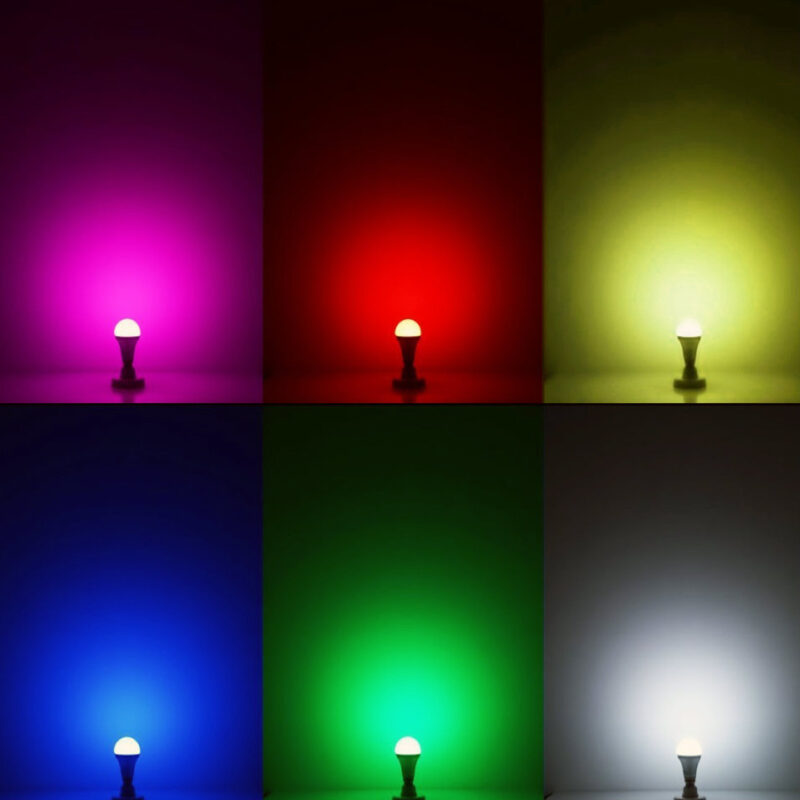Multicolor
How LED Light Change Colors
LED lights can change colors using a method known as multicolor mixing. Multicolor mixing involves combining different colors of light to create the desired color output. LEDs (Light Emitting Diodes) are uniquely suited for this purpose because they can emit light of specific colors by manipulating the semiconductor materials within the LED.
Here’s how LED lights change colors using multicolor mixing:
- RGB LED Technology: The most common method for achieving multicolor LED lighting is through the use of RGB LEDs. RGB stands for Red, Green, and Blue. These LEDs have three separate chips or diodes, each emitting one of these primary colors.
- Color Mixing: By varying the intensity (brightness) of each of the red, green, and blue diodes, you can create a wide range of colors. Mixing different levels of these primary colors can produce secondary colors like cyan, magenta, and yellow, as well as a full spectrum of other colors.
- Color Controllers: LED lights are controlled by specialized microcontrollers or LED drivers. These controllers adjust the current flowing through the individual diodes to achieve the desired color output. By controlling the intensity of each diode, the controller can produce millions of colors.
- Color Changing Modes: Depending on the design and capabilities of the LED light, there are different color changing modes available. Some LED lights can smoothly transition between colors, while others can produce dynamic effects like color fades, flashes, and patterns.
- Color Mixing Algorithms: The controller uses color mixing algorithms to determine the appropriate levels of red, green, and blue to create a specific color. These algorithms can be simple linear interpolations or more complex mathematical models that take into account color perception and the properties of the human eye.
- Remote Controls or Apps: Many modern LED lights come with remote controls or smartphone apps that allow users to easily select and change colors. These controls adjust the color mixing and send commands to the LED controller to create the desired color effect.
- Addressable LEDs: In addition to RGB LEDs, there are also addressable LEDs like WS2812B or APA102, which have individual control over each LED in a strip or matrix. This allows for more complex color patterns and effects.
It’s important to note that the term “multicolor” simply refers to the ability of the LED to produce a variety of colors, not a specific technical process. LED lights with multicolor capabilities are widely used in various applications, including home lighting, stage lighting, displays, decorations, and more.

